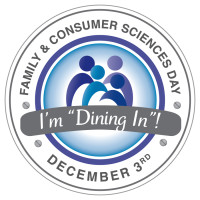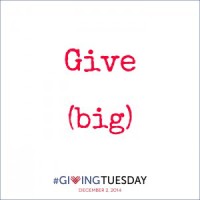I’m proud to be a food blogger. An abundance of wholesome, organic, nutritious foodstuff is at my fingertips or a just a quick trip to the grocer away. If I run out of something, whether basic or artisan, I Just Buy More. Food insecurity, a household-level economic and social condition of limited or uncertain access to adequate food [USDA definition], is not part of my daily reality. I live on a nice street in a nice house with nice neighbors in affluent Fairfax County. But get this: last school year, over 50% of the children in my neighborhood’s elementary school were eligible for free or reduced meals. And in an elementary school whose boundary is adjacent to mine, 78% of the children were eligible for free or reduced meals. Food insecurity is likely a daily reality for those children.
Food insecurity is separate from hunger, although hunger is a very real consequence of food insecurity. According to the USDA, households with food insecurity regularly experience some or all of the following:
- Worry that their food would run out before they got money to buy more.
- Could not afford to eat balanced meals.
- Cut the size of meals or skipped meals, or did not eat for a whole day, because there was not enough money for food.
- Were hungry but did not eat because they could not afford enough food.
The Capital Area Food Bank (CAFB) is the hub for food sourcing, food distribution, and nutrition education in the Washington metro area, serving those struggling with hunger. Through direct service and a network of 500 nonprofit partners, the CAFB distributes 45 million pounds of food annually, half of which is fresh produce. The CAFB service area includes: Washington DC; Montgomery County, MD; Prince George’s County, MD; Fairfax County, VA; Prince William County, VA; Arlington County, VA; and The City of Alexandria, VA. 92 cents of every $1 donated is used for food distribution, transportation, and programs.
For Giving Tuesday, I am launching a food drive at my office to collect non-perishable food donations and I will personally deliver those to CAFB later this month. The Capital Area Food Bank receives over a million pounds of nourishing food throughout the year from food drives like these. By their calculations, 1.2 pounds of food equals one meal, so I asked my colleagues to let that guide their contribution. The CAFB is committed to providing food to our community that is high in fiber, low in salt, and low in sugar. The “Most Wanted” items include:
- Canned Tuna, Salmon, or Chicken
- Canned Vegetables (low sodium, no salt added)
- Canned Fruits (in light syrup or its own juices)
- Canned or Dry Beans
- Grains (brown & white rice, pasta, macaroni & cheese)
- Hot and Cold Cereal (oatmeal, cheerios, corn-flakes, raisin bran)
- Healthy Snacks (apple sauce cups, raisins, granola bars)
- Peanut Butter
- 100% Juice (non-refrigerated, all sizes, including juice boxes)
If you were so moved to make a financial donation, I direct you here: http://www.capitalareafoodbank.org/givingtuesday/. For every $1 donated, the CAFB can provide 2.5 meals!
#GivingTuesday
#WEGivesBack
logo source: www.92Y.org


